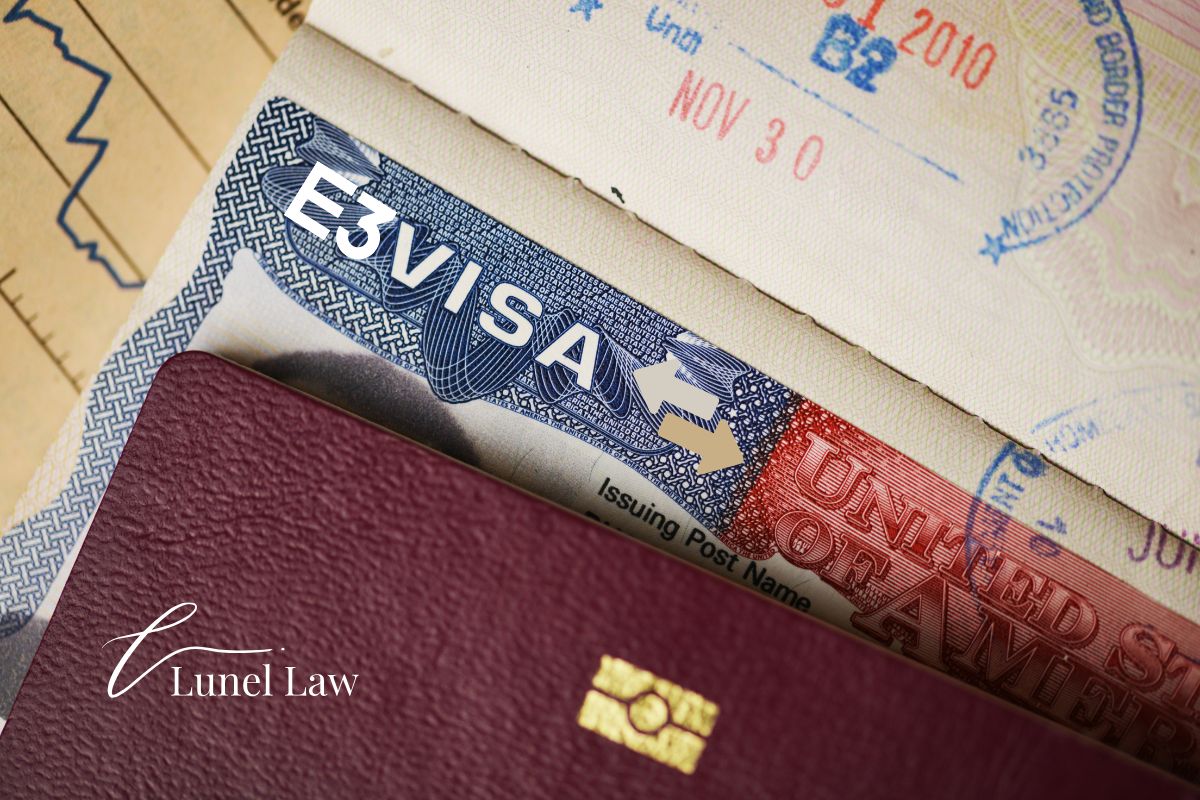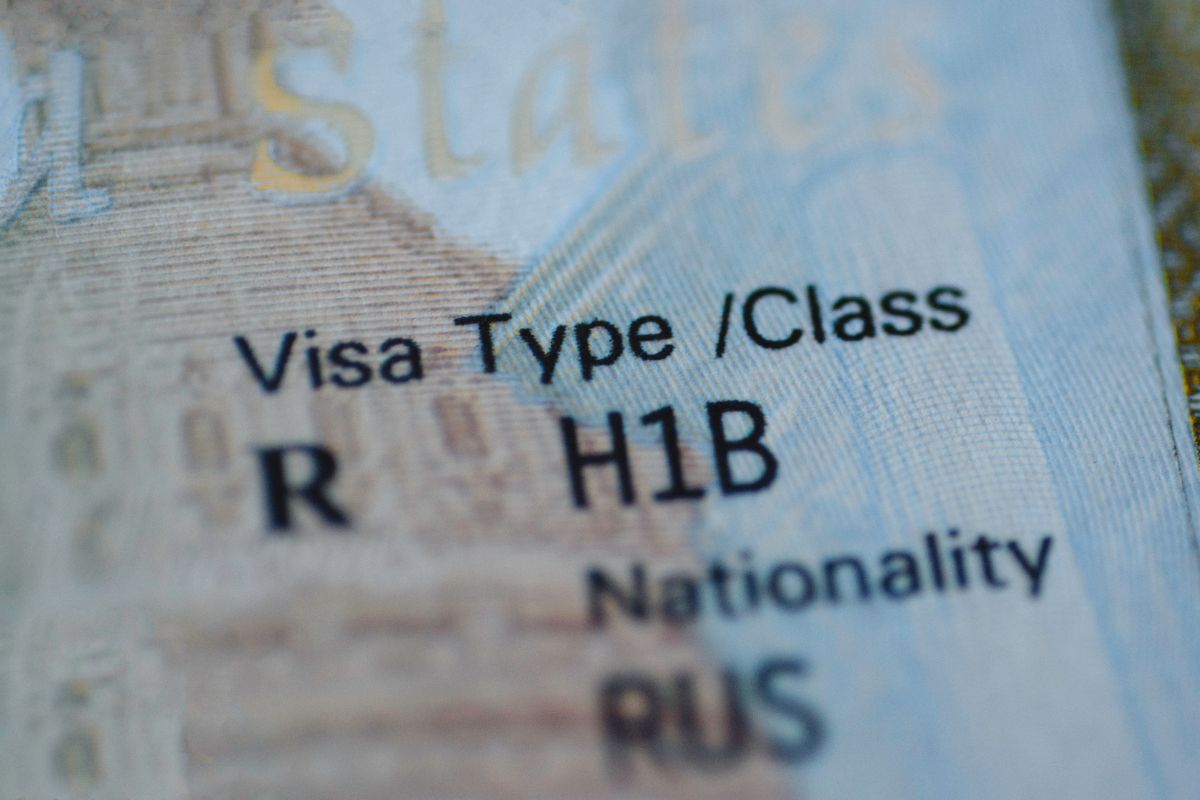E-3 Visa Transfers: Changing Employers as an Australian National in the U.S.

The E-3 visa is a special nonimmigrant work visa exclusively available to Australian nationals who seek employment in the United States under a specialty occupation. While the visa provides a streamlined pathway for skilled Australian professionals, many E-3 visa holders find themselves needing to switch employers.
Transferring an E-3 visa to a new employer is not automatic—the process requires careful legal steps to ensure compliance with U.S. immigration laws and to avoid status violations. This guide provides a comprehensive breakdown of the E-3 visa transfer process, its requirements, and key considerations for Australian nationals in the U.S.
Table of Contents
What Is an E-3 Visa Transfer?
An E-3 visa transfer refers to the process by which an existing E-3 visa holder switches employers without having to apply for a brand-new visa from scratch. However, since the E-3 visa is employer-specific, a transfer still requires filing a new petition with the U.S. Citizenship and Immigration Services (USCIS) or applying for a new visa stamp at a U.S. consulate.
Unlike H-1B visas, no E-3 visa portability rule allows employees to start working with a new employer while the petition is pending. The new petition must be approved before employment begins.
Key Requirements for an E-3 Visa Transfer
A New Job Offer from a U.S. Employer
- The new employer must offer a position that qualifies as a specialty occupation under the E-3 visa.
- The job must require at least a bachelor’s degree or its equivalent in a related field.
New Labor Condition Application (LCA) Approval
- The employer must file a new LCA (Form ETA 9035) with the U.S. Department of Labor (DOL).
- The LCA certifies that the employer will pay the prevailing wage and comply with labor conditions.
Filing Form I-129 with USCIS (if applying from within the U.S.)
- The new employer must file Form I-129, Petition for a Nonimmigrant Worker, along with supporting documentation.
- The petition must be approved before the applicant can start working for the new employer.
Consular Processing Option (if applying from outside the U.S.)
- If the employee chooses to apply from outside the U.S., they must schedule an E-3 visa appointment at a U.S. consulate and provide the new employer’s petition approval.
Step-by-Step Process for an E-3 Visa Transfer
Step 1: Secure a Job Offer and Get a New LCA
- The new employer files an LCA (ETA Form 9035) with the DOL.
- Once the LCA is certified, the employer can proceed with filing the E-3 transfer petition.
Step 2: Choose the Filing Method
Option 1: Change of Employer via USCIS (I-129 Petition)
- If you are already in the U.S., your new employer can file Form I-129 to request a change of employer.
- You must wait for USCIS approval before starting work.
Option 2: Consular Processing (New Visa Stamp Required)
- If you are outside the U.S., you must schedule a visa appointment at a U.S. embassy/consulate.
- Bring your approved LCA, job offer letter, and supporting documents for your visa interview.
Step 3: Wait for Approval & Begin Work
- USCIS processing for Form I-129 takes 2–4 months, but premium processing (15 days) is available.
- If applying at a U.S. consulate, the approval timeline depends on appointment availability.
Common Challenges and Risks in E-3 Visa Transfers
1. Timing Issues & Work Interruptions
- Unlike H-1B transfers, E-3 visa holders cannot start working for a new employer until the petition is approved.
- If transferring within the U.S., delays in processing may result in a gap in employment.
2. Prevailing Wage & LCA Compliance
- The DOL mandates that employers pay E-3 workers at least the prevailing wage for the occupation.
- Failure to comply may result in visa denials or legal penalties.
3. Dependents’ Status (E-3D Visa Holders)
- If you have dependents on E-3D visas, they must also file a status update when you change employers.
- Spouses with E-3 work authorization (EAD) do not need a separate transfer approval.
Maintaining Legal Status During an E-3 Transfer
To avoid issues during the transfer, E-3 visa holders should:
✅ Ensure continuous employment – Avoid gaps between jobs to maintain legal status.
✅ Keep records of LCAs and pay stubs – Maintain proof of legal employment.
✅ File the transfer petition early – Allow enough time for USCIS processing.
✅ Check visa expiry dates – If your visa is expiring soon, consider renewing it during the transfer.
Frequently Asked Questions (FAQs)
1. Can I change employers while on an E-3 visa?
Yes, but you must have an approved petition before starting work with the new employer.
2. Can my new employer reuse my old LCA?
No, each employer must file a new LCA for an E-3 transfer.
3. Can I travel internationally while my E-3 transfer is pending?
Yes, but if you leave the U.S., you may need to apply for a new visa stamp at a U.S. consulate before re-entering.
4. Can I extend my E-3 visa during the transfer?
Yes, E-3 visa holders can request an extension of stay along with the employer transfer application.
5. What happens if my transfer petition is denied?
If your USCIS petition is denied, you must immediately stop working for the new employer.
Conclusion
Transferring an E-3 visa to a new employer is possible but requires careful planning to maintain legal status. Unlike H-1B visa holders, E-3 workers must wait for USCIS approval before starting work, making timing and documentation critical.
Understanding the legal framework, filing requirements, and potential risks will help Australian professionals transition smoothly between jobs while staying compliant with U.S. immigration laws.
Visa Transfers: What Happens When You Change Employers in the U.S.?

H-1B Visa Transfers: A Step-by-Step Guide for Employees and Employers


